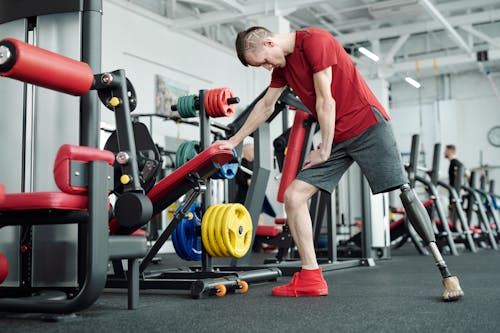The working technology behind every 3D printing machine comes with a sundry of useful applications.
One that holds so much promise nowadays and may also be holding the potential of unlocking many great breakthroughs is its possibility of creating materials that can be used significantly in medicine.
Such materials may include medical devices that can be implanted into the human body as well as artificial parts or the so-called prosthetics materials. Industry experts have also seen the great potential of 3D printing technology in the simplification of the production of medical instruments. We are stepping a bit closer to the local printing of implantable human organs.
Human Tissue and Organ Replacement
Right now, the medical community is in a state of admission that donated human organs they have in stock are not enough for everyone who will need them. What the global community hospitals and specialty health centers have right now will not suffice to the demand, let alone if a time comes that there is going to be a great surge of demand for it a crisis will be looming on the horizon. All that is due to the scarcity of human donors willing to donate their organs, for reasons that can’t be blamed to the people.
With that kind of scenario in mind, replacing damaged organs made by 3D printing machines is no less to be considered as a wonderful groundbreaking thing to ever happen in the world of modern medicine. Right now, we are in the process of getting there, to that great possibility.
The working idea behind this is to extract some cells first out of a patient’s own body for use in bioprinting a particular organ which they need. This measure will help in keeping the possibility of organ rejection at bay.
Stem cells are usually harnessed for this purpose because they are qualified as unspecialized cells. This means to say they are capable of producing other types of cells provided you stimulate them the right way.

The printer will deposit the different types of cells and do that in the correct order. What most researches found out is that some types of human cells come with the amazing ability to conduct self-organization when they are deposited. This proves to be an amazing help in the process of bioprinting a human organ.
Bioprinter machines are a type of 3D printer, and their primary purpose is to make living tissue. In the bioprinting process, one of the printer heads will print out the hydrogel to form a scaffold. Another printer head will print out thousands of cells incorporated into tiny droplets. After forming the desired structure, the scaffold hydrogel can be taken off by peeling away. In the case that it is water-soluble, then it can be washed away instead. Biodegradable scaffolds are also considered as a practical option to have since they will easily breakdown once inside a living body.
Bioprinting Challenges
To produce a human organ that can be used for transplantation purposes is a difficult, herculean task. Human organs are complex structures. Usually, they are composed of different types of cells and the tissues that make them up are arranged in a very specific pattern.
Human organs are also being formed during the embryonic development. At this point, they are being equipped with a chemical signaling system that makes it possible for them to develop their fine structures, and their collective behavior is properly developed. This element is what’s making the natural human organ distinct from 3D printed or artificially made organs.
While there is a strong likelihood that it might take us a couple of more years more for us to become completely self-reliant on printing out implantable structures, the first ones will have the single organ function instead of having it all. A simplified version of a human organ they may be but they are designed and created to compensate for what is ailing the body.
The pace of research and development in this area, utilizing the great potential of 3D printing machine, the future of the bioprinting sphere in relation to medicine offer us a silver lining of hope.